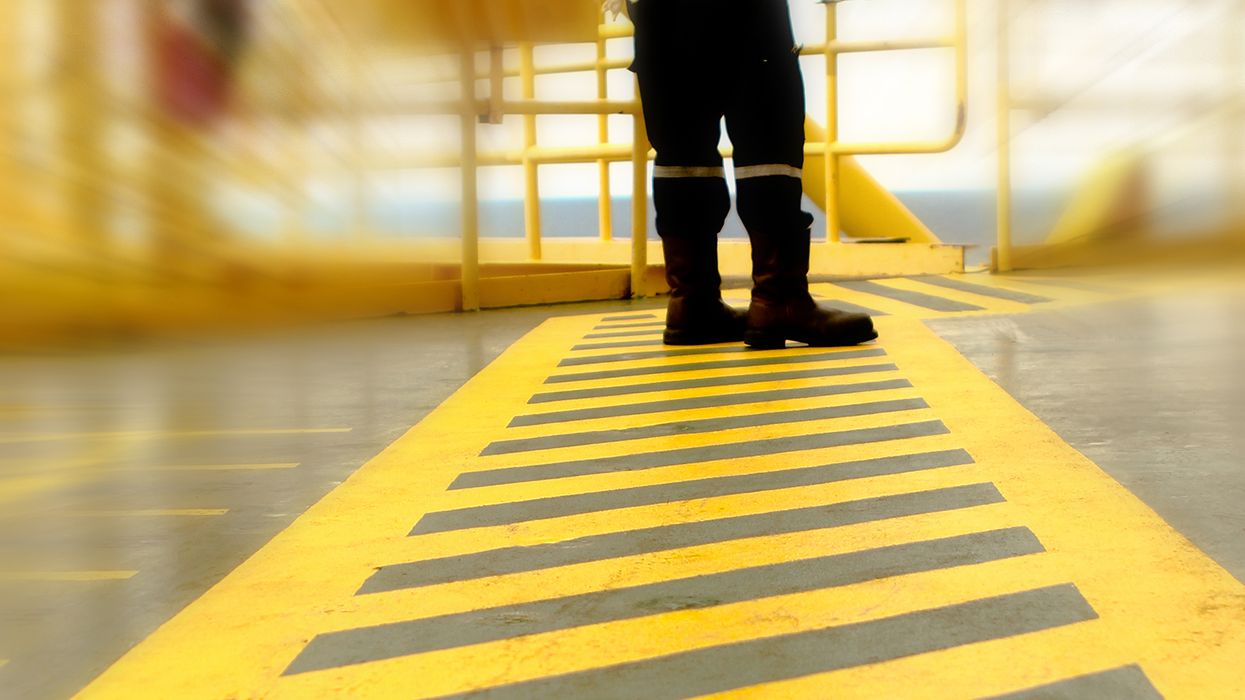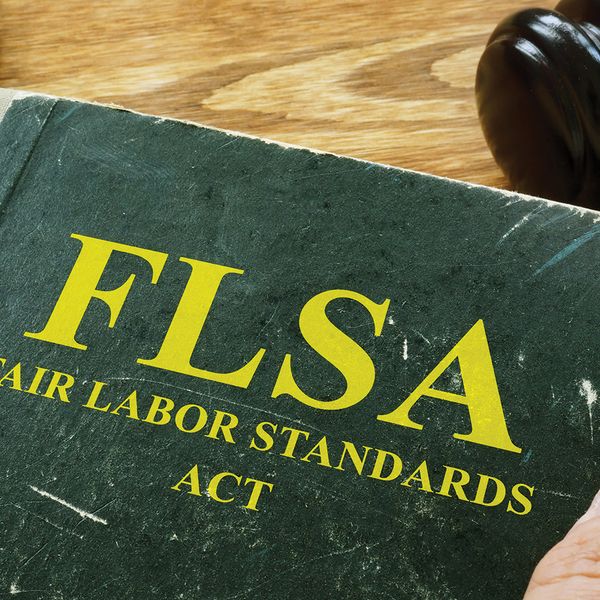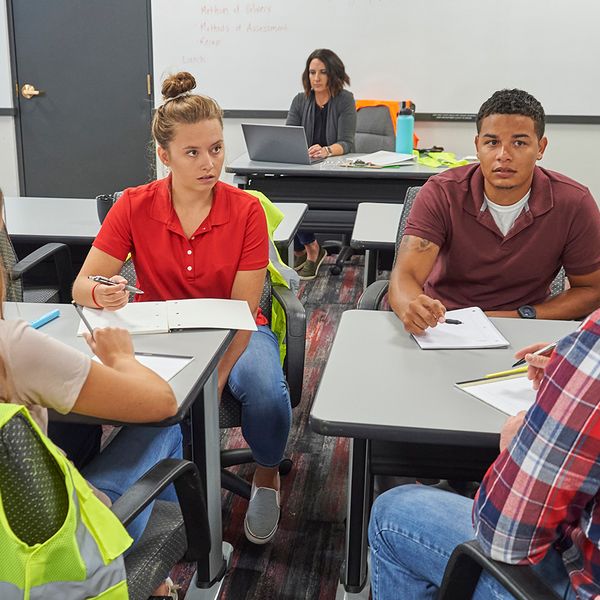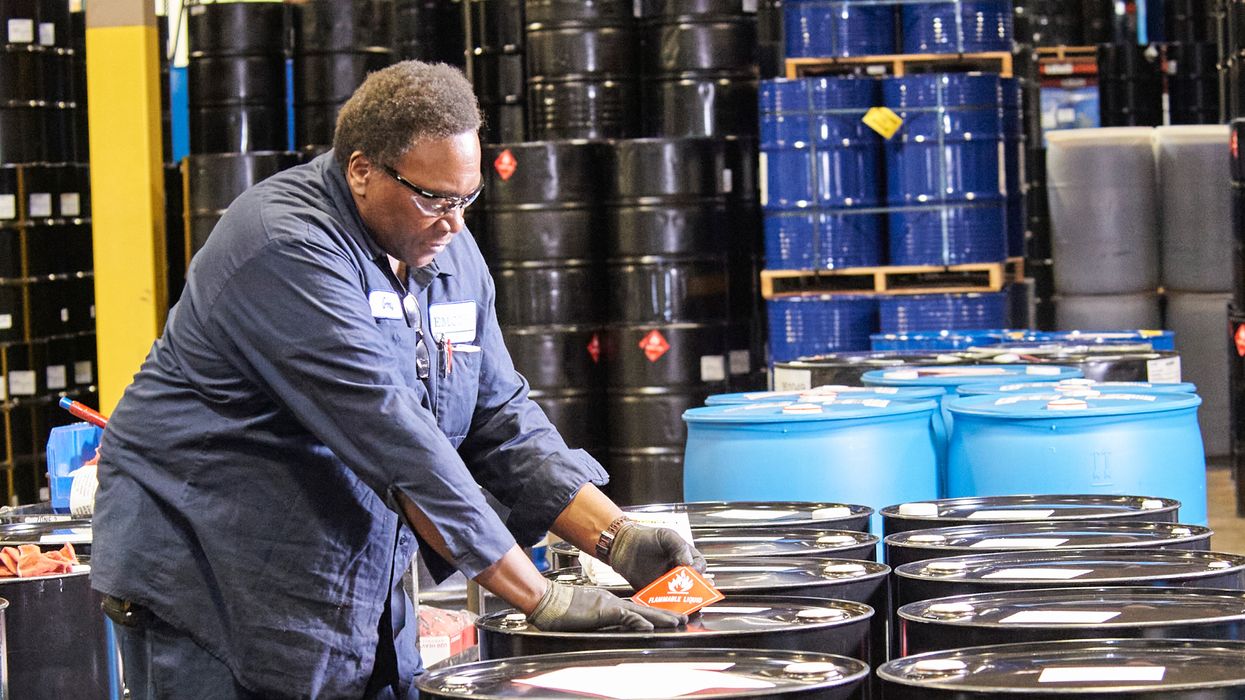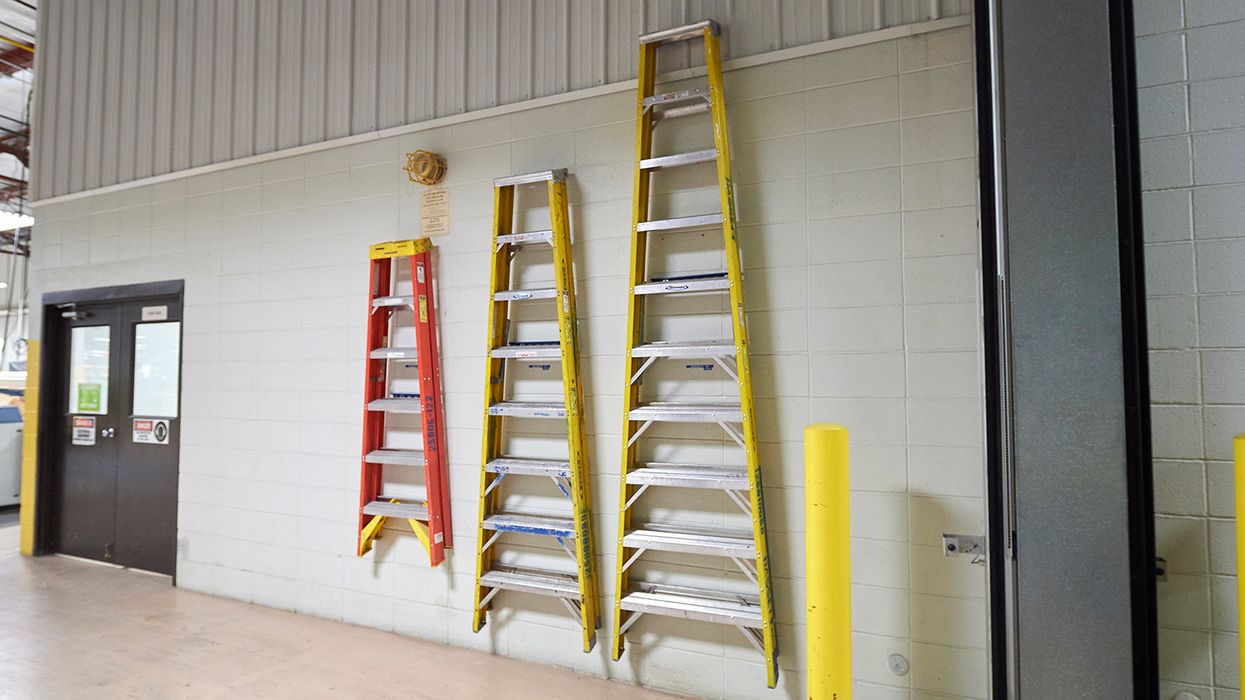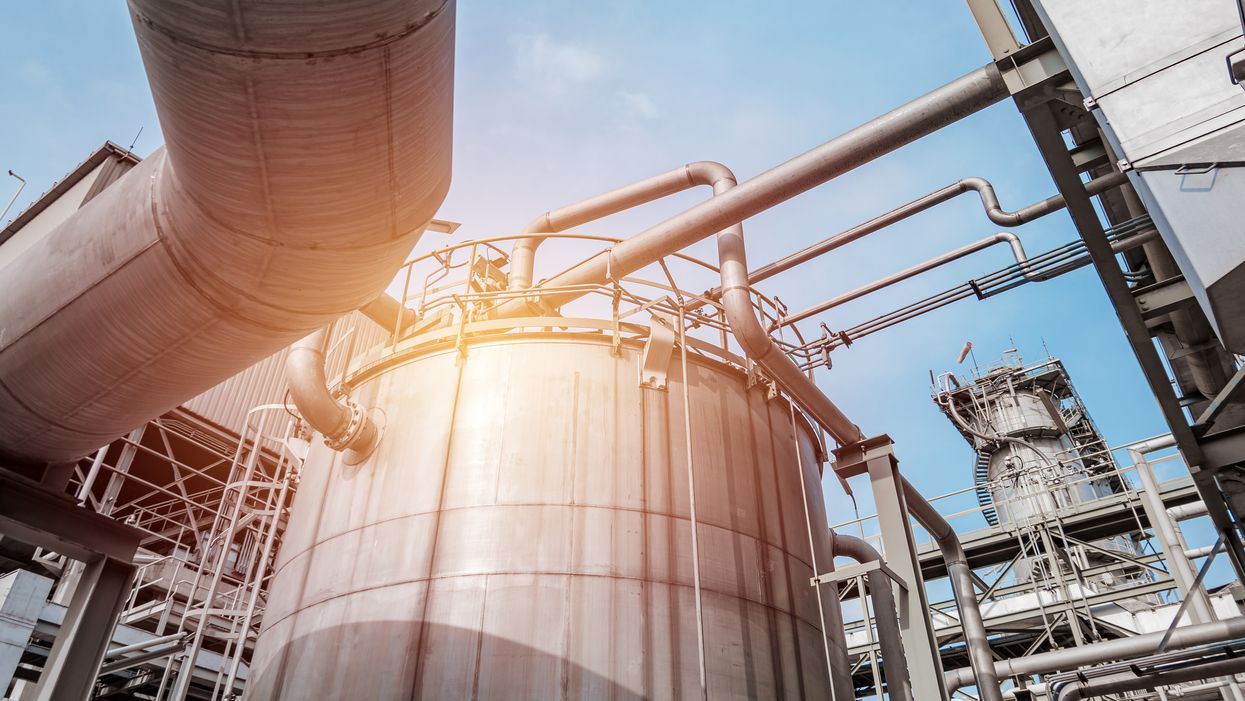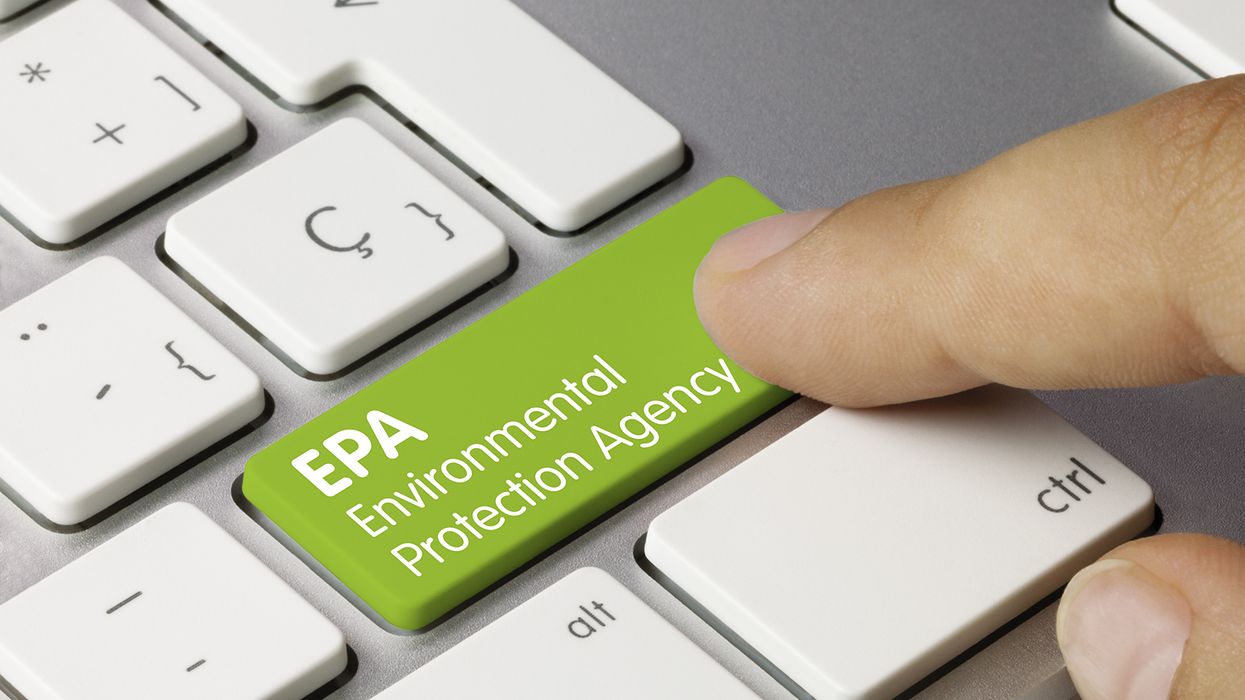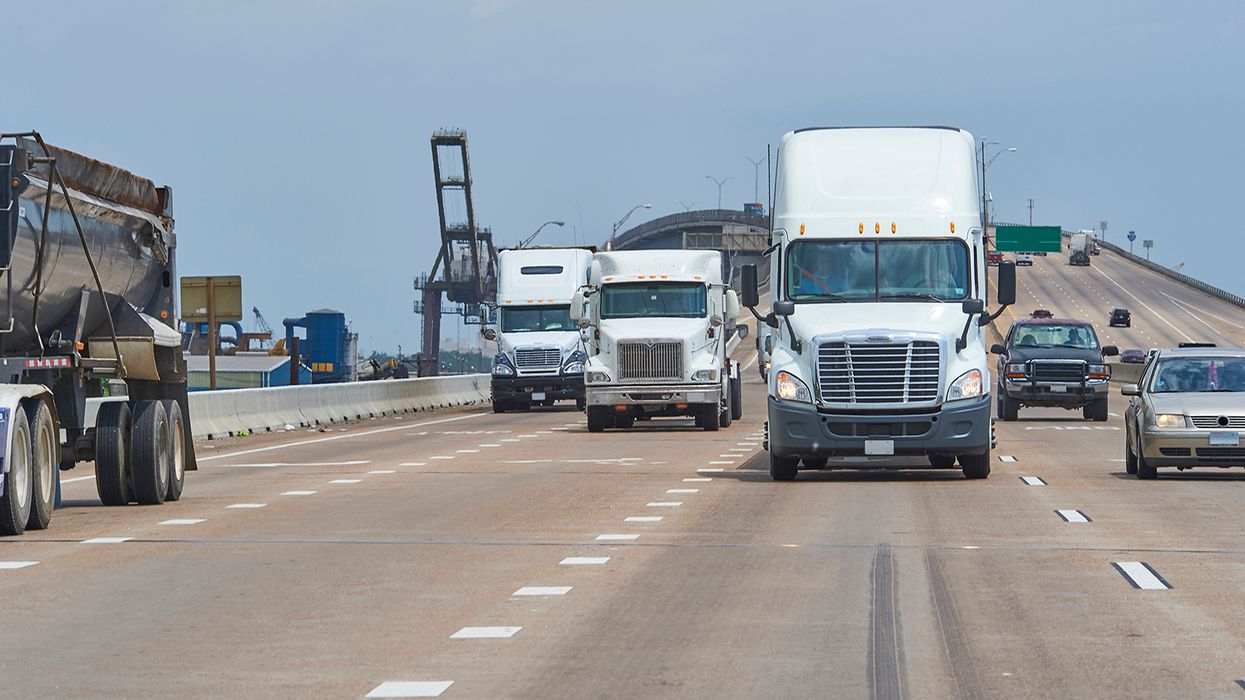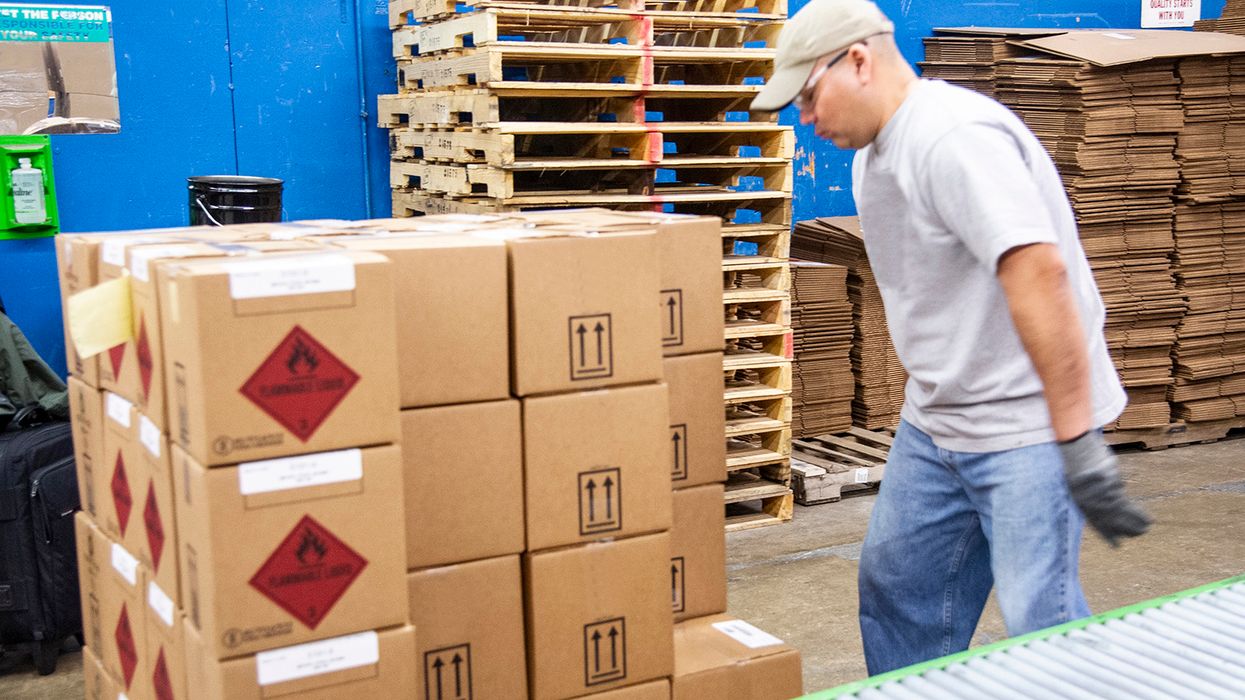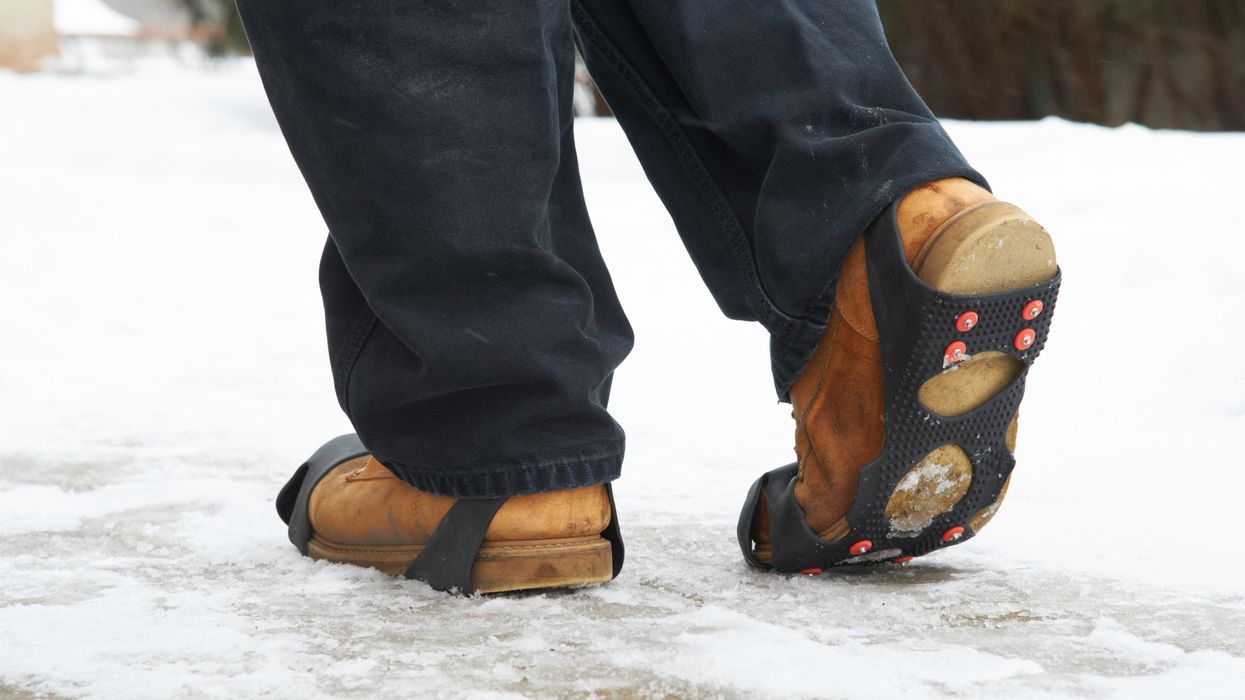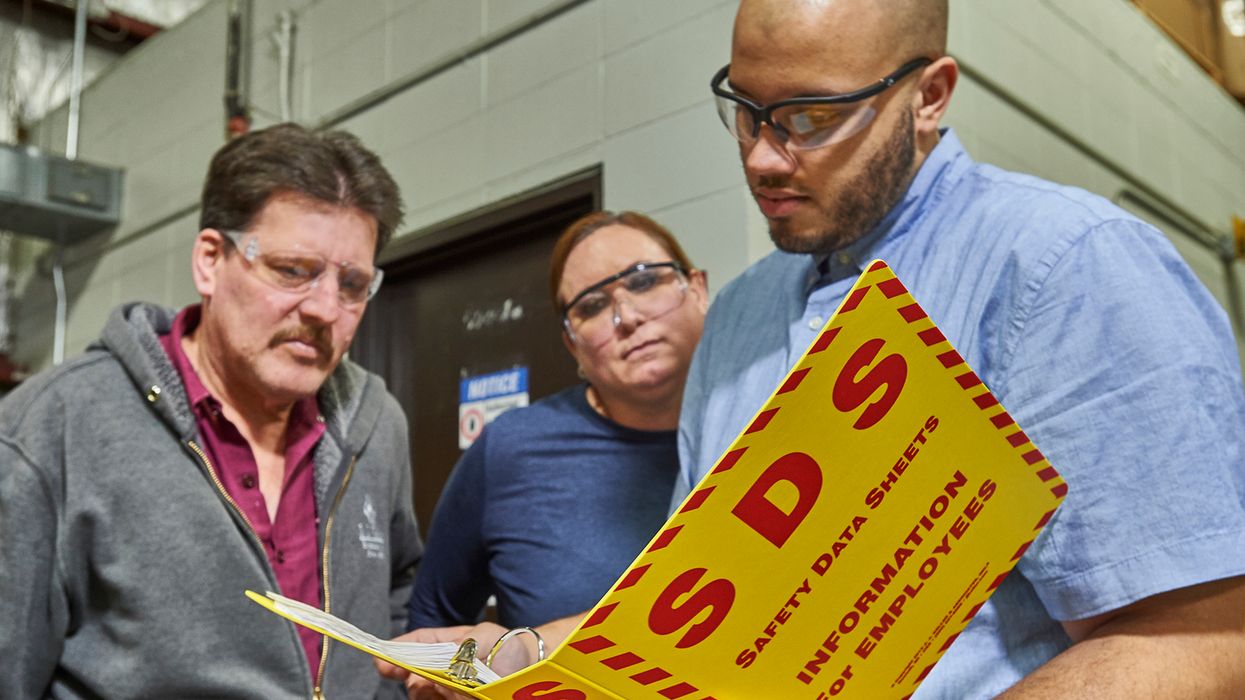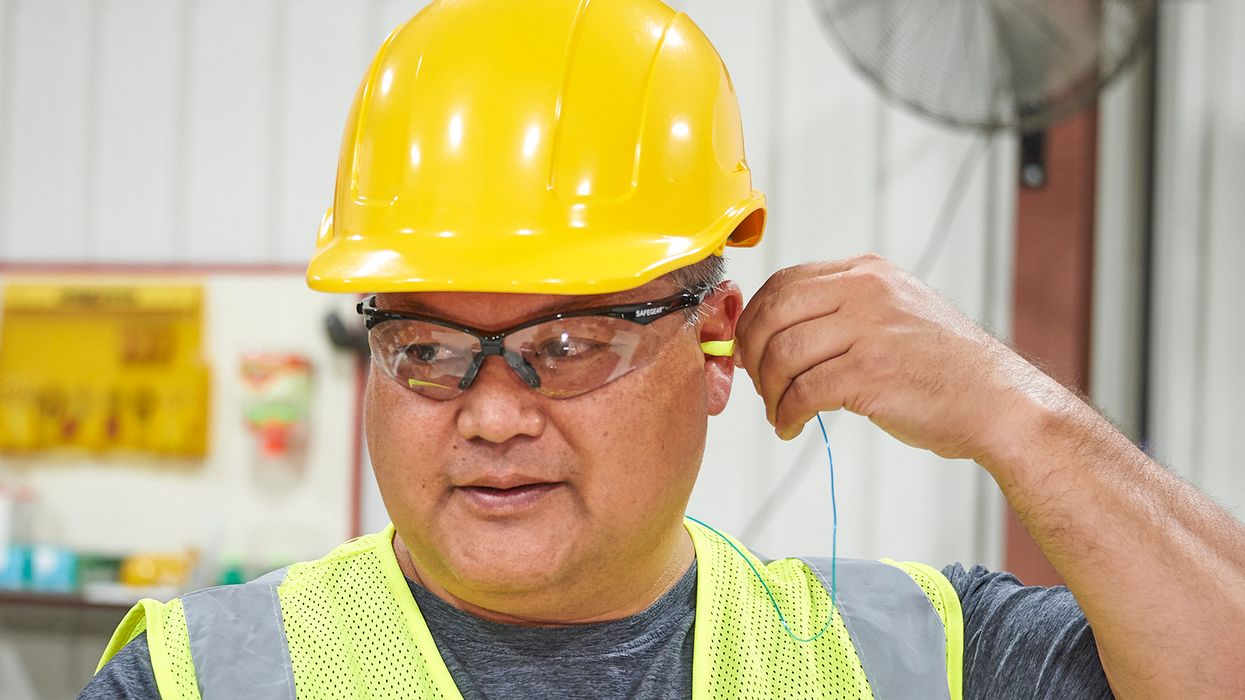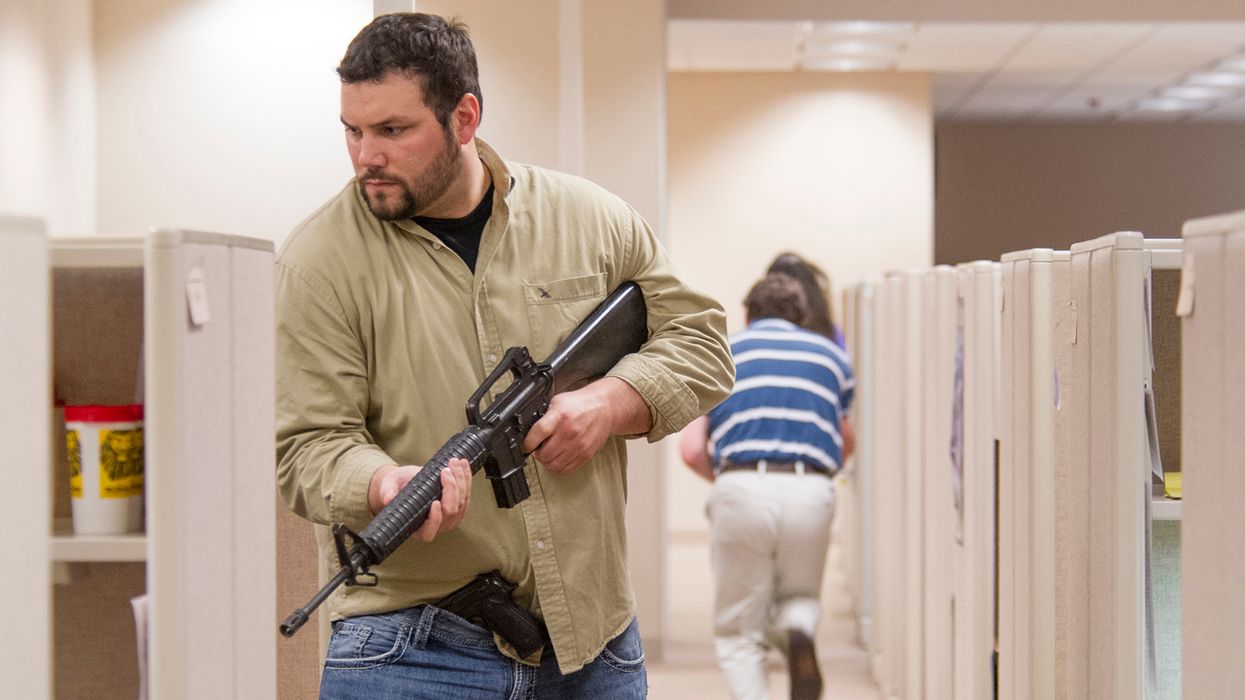Protecting adolescent workers in today’s work environment
Did you know that OSHA requires employers to provide the same protections for adolescent workers as they do for adult workers? With an emaciated workforce after the pandemic, employers are trying to stay above water with fewer, sometimes younger workers. It’s easy to forget their age and inexperience in the hustle and bustle. However, getting caught in the economic whirlwind can have severe consequences for the adolescents and your bottom line.
Federal government activity
Young workers face workplace safety risks at companies across the country. Whether employers knowingly or inadvertently disregard child labor laws, they can be held liable for not protecting employees under the age of 18. Employers are legally responsible for the safety and well-being of teen workers. In fact, the federal government is shining a light on this issue.
On February 27, 2023, the U.S. Department of Labor (DOL) announced that it was launching a National Strategic Enforcement Initiative on Child Labor to initiate investigations that are likely to uncover children employed in violation of the child labor provisions of the Fair Labor Standards Act (FLSA). This initiative is designed to hold employers accountable for those violations and to deter future violations.
Protecting young workers
Young workers are often at greater risk of being injured on the job than their more experienced counterparts. They might lack the experience, as well as the physical and emotional maturity needed to recognize and deal with hazardous situations. Additionally, they might:
- Be unfamiliar with work requirements and safe operating procedures; and
- Not knowing their legal rights about certain jobs and work hours prohibited by child labor laws.
Companies that employ teens should follow these steps to make the workplace safe for young workers:
- Reduce the potential for injury or illness by assessing and eliminating hazards;
- Make sure equipment used by young workers is safe and legal;
- Make sure that young workers are appropriately supervised;
- Make sure that supervisors and adult coworkers are aware of tasks minors may or may not perform;
- Label equipment that minors may not use, or color-code their uniforms so that others will know they may not perform certain jobs;
- Provide training in hazard recognition and safe work practices;
- Have minors demonstrate that they can perform assigned tasks safely and correctly; and
- Ask them for feedback about the training.
Real word example
A 16-year-old sanitation worker was pulled into a machine and killed. Another 16-year-old worker was using a walk-behind trencher and was dragged underneath the blade, causing injuries so severe that both legs needed to be amputated.
True, sad, and often preventable: Real-life stories like these occur far too often in today’s workforce.
Federal child labor laws
Employers often believe that the Occupational Safety and Health Administration (OSHA) regulations cover worker age limits; however, the DOL’s FLSA and state laws set these guidelines.
With limited exceptions, the federal FLSA’s child labor provisions were enacted to ensure that when young people work, the work is safe and does not jeopardize their health, well-being, or education.
Some examples of hazardous jobs teen workers may not do include:
- Operating or cleaning power-driven meat processing machines (including restaurants and delis).
- Using power-driven woodworking machines (including chain saws, nailing machines, and sanders).
- Operating balers, compactors (including trash compactors) or certain power-driven paper-products machines.
- Riding or using most power-driven hoisting apparatus (e.g., forklifts, backhoes, scissor lifts).
- Doing most jobs in roofing operations, including work performed on the ground and removal of the old roof, and all work on or about a roof.
- Driving motor vehicles or working outside the vehicle as a driver's helper to assist with tasks such as loading, unloading, or securing cargo.
Other tasks teen workers must avoid include working with explosives, radioactive materials, and any other dangerous equipment.
Key to remember
Employers are legally responsible for the safety and well-being of teen workers. Prioritizing workplace safety for teens can help ensure they go home safely after work and don't become one of the sad statistics that involve injuries or death.

